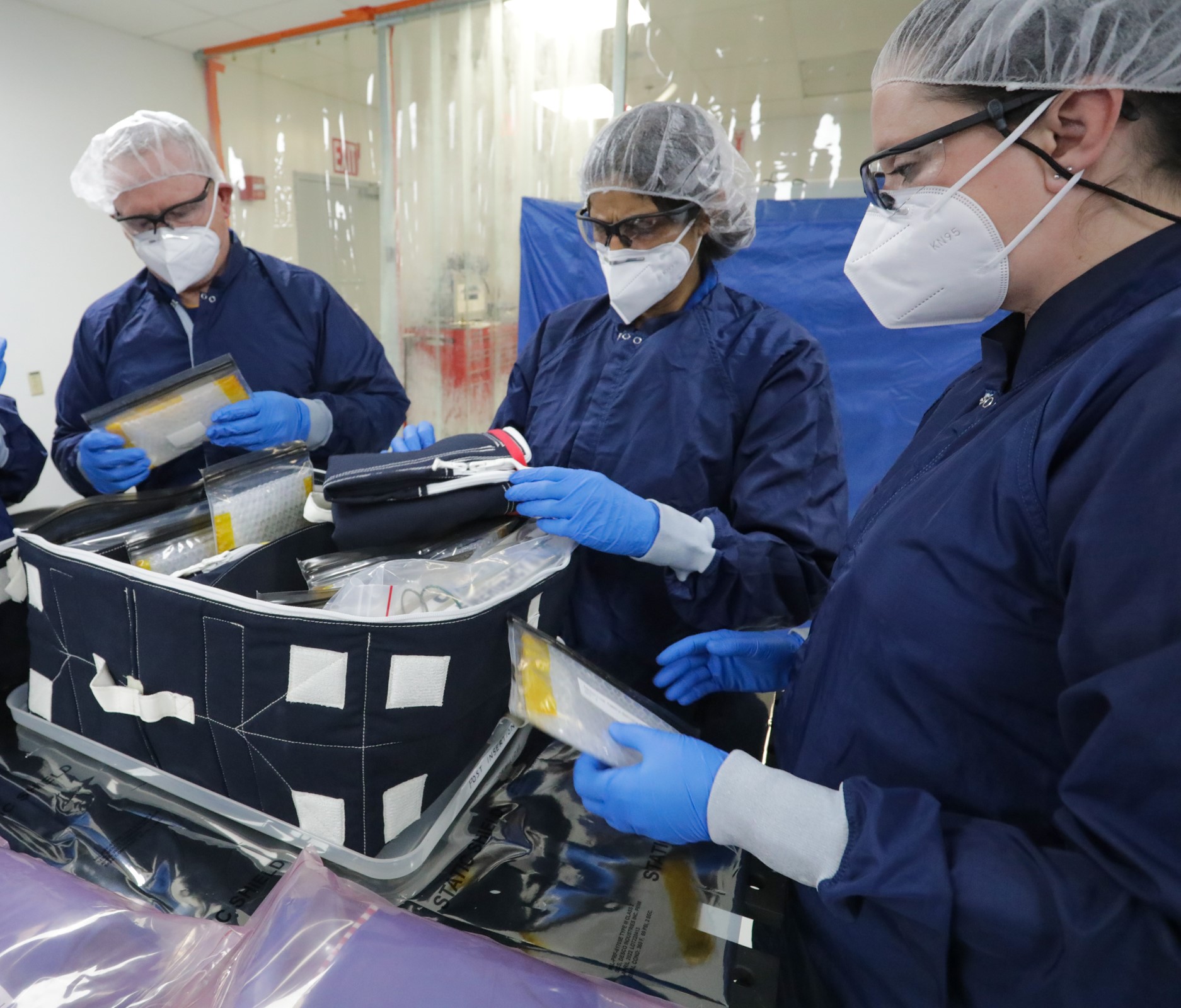
NASA astronauts Suni Williams and Butch Wilmore successfully completed an integrated crew exercise simulation that moves Boeing’s Starliner spacecraft one step closer to its first flight with astronauts to the International Space Station.
Targeted for launch no earlier than mid-April 2024, NASA’s Boeing Crew Flight Test (CFT) will fly Williams and Wilmore to the orbiting laboratory for about up to two weeks. They will evaluate Starliner and its systems before returning to Earth in the Western United States. Liftoff will be aboard a United Launch Alliance (ULA) Atlas V rocket from Space Launch Complex 41 at Cape Canaveral Space Force Station in Florida.
Completing the simulation Wednesday at NASA’s Kennedy Space Center in Florida marks another milestone toward CFT launch. The integrated exercise involved participation from the flight crew, NASA, Boeing, and ULA, and allowed teams to rehearse prelaunch operations beginning roughly four hours before a targeted liftoff. The exercise began with Wilmore and Williams walking through suit-up procedures inside the Astronaut Crew Quarters in NASA Kennedy’s Neil Armstrong Operations and Checkout building.
Following this, they took an elevator down to the ground floor and exited the same double doors they will on launch day where their crew transportation vehicle was waiting to transport them to the launch pad. The crew and support teams then convoyed to the launch pad, where Williams and Wilmore supported operations from the white room – an area at the end of the launch tower’s crew access arm that will provide access to the spacecraft. The remainder of the rehearsal involved the crew traveling back to NASA Kennedy to support from Boeing’s Mission Control Center.
Over the next several weeks, teams will run through additional simulations focused on each phase of the mission. Some upcoming milestones include CFT certification, fueling Starliner with propellants, and stacking Starliner on the Atlas V rocket before rolling out to the launch pad in preparation for liftoff.
Starliner completed two uncrewed flight tests: Orbital Flight Test-2, which launched from Cape Canaveral and completed its space station mission in May 2022, and Orbital Flight Test-1, which provided teams with additional flight data in December 2019. During these two uncrewed missions, the end-to-end capabilities of the spacecraft were successfully tested.
Learn more about NASA’s Commercial Crew Program by following the commercial crew blog, X, and Facebook.









